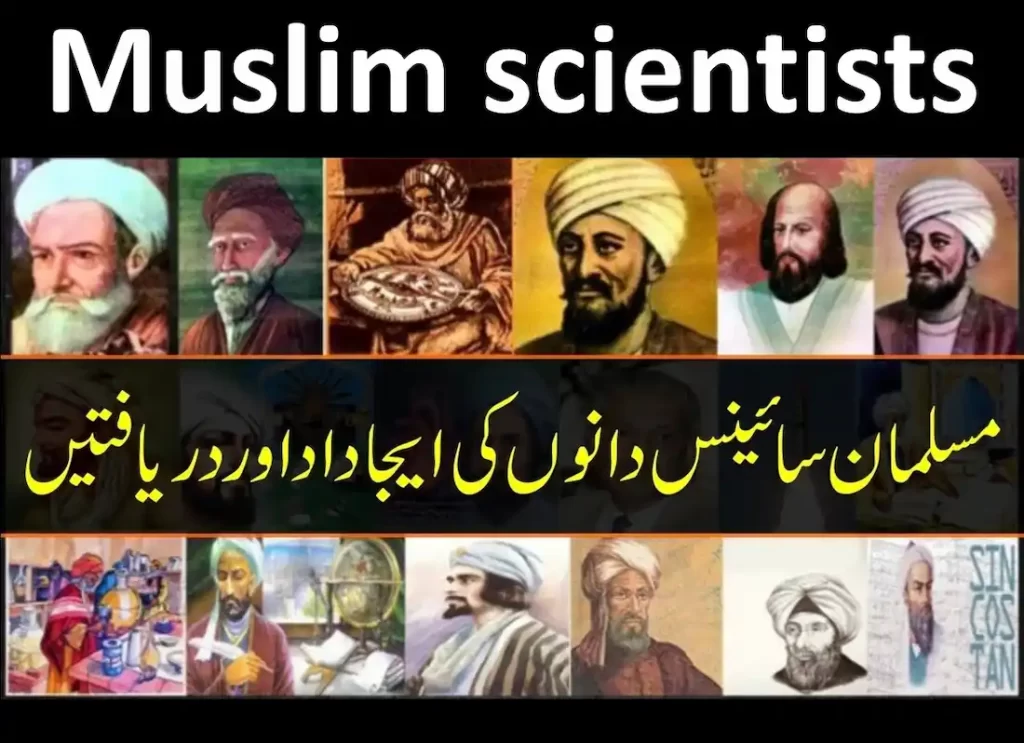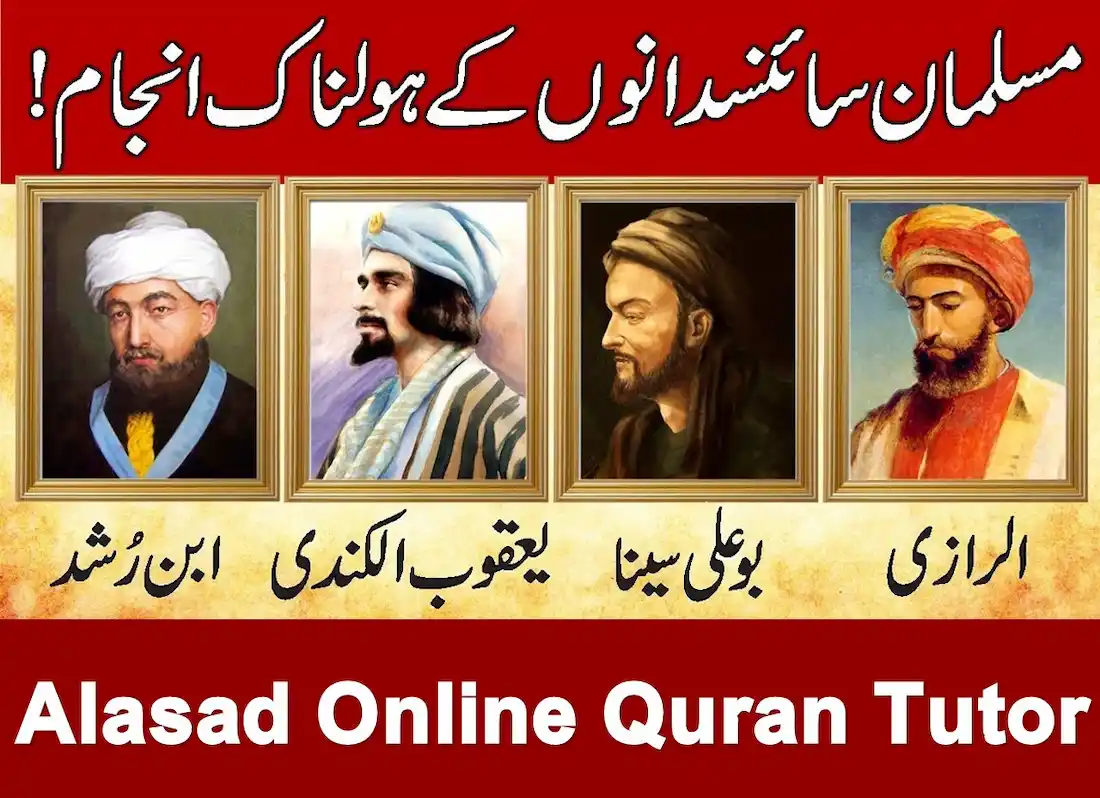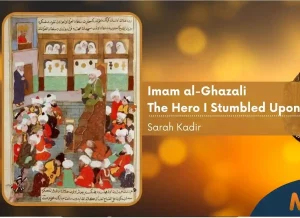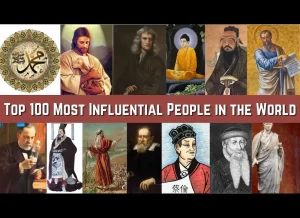Muslim Scientists – Abu Nasr Muhammad al-Farabi was an early Islamic philosopher who played a key role in teaching Plato’s and Aristotle’s theories to the Muslim world. Later Islamic thinkers, such as Avicenna, were greatly influenced by him.He was a brilliant linguist who translated Aristotle’s and Plato’s Greek writings and added significant modifications to them. Mallim-e-Sani, which means “second master” or “second instructor,” became his moniker.
Farabi has numerous adventures and went to many different places throughout his life. As a result, he produced several contributions for which he is still renowned. Despite several challenges, he toiled tirelessly and became one of history’s most well-known scientists. At the age of 80, he died a bachelor in Damascus in 339 A.H. /950 A.D.
Suggested Read : How Many Chapters in Quran? ,la ilaha illa anta subhanaka, Has The Quran Been Changed?, How Many Pages in Quran? , Allahumma Ajirni Minan Naar, Allahu Mahdina, Allahu Alam , Allah Yashfeek , Allah Subhanahu Wa Ta’ala

Al-Battani
Muslim Scientists – In the year 858 C.E., Abdallah Muhammad Ibn Jabir Ibn Sinan al-Battani al-Harrani was born in Harran. Battani received his early education from his father, Jabir Ibn San’an al-Battani, a well-known physicist.
He subsequently relocated to Raqqa, on the Euphrates River, where he acquired a higher education and later prospered as a scholar. He moved to Samarra in the early ninth century, where he laboured till the end of his life. His family belonged to the Sabian sect, a Harran-based religious cult of star worshipers.
The Sabians’ great drive for studying astronomy stemmed from their reverence of the stars. Unlike Thabit, another mathematician from his hometown, Al-Battani did not follow the Sabian faith. His name, “Abu Abdallah Mohammad,” suggests he was a devout Muslim.
At Antioch and ar-Raqqah in Syria, Al-Battani performed astronomical measurements that were remarkably precise. When Caliph Harun al-Rashid erected numerous palaces in ar-Raqqah, where most of al-observations Battani’s were taken, the town prospered.
Al-Battani is described as one of the most prominent observers and a pioneer in geometry, theoretical and practical astronomy, and astrology by the Fihrist, who authored a tenth-century overview of Muslim civilization.
He wrote an astronomical treatise with tables that included his own observations of the sun and moon, as well as a more precise explanation of their movements than Ptolemy’s “Almagest.” The following are al-major Battani’s accomplishments: He counted 489 stars in his collection.
• He revised the previous numbers for the duration of the year (which he provided as 365 days 5 hours 46 minutes 24 seconds) and the seasons (which he supplied as 365 days 5 hours 46 minutes 24 seconds).
• He computed the precession of the equinoxes at 54.5′′ per year and came up with a figure of 23° 35′ for the ecliptic’s inclination.
Instead of utilising geometrical methods like other scientists, al-Battani employed trigonometric methods, which was a significant development. Al-Battani demonstrated that the Sun’s furthest distance from the Earth changes and, as a result, annular and complete eclipses of the Sun are conceivable. Al-Battani is significant in the history of science for a variety of reasons, one of which must be the significant impact his work had on scientists like as Tycho Brahe, Johannes Kepler, Galileo, and Copernicus.
Ibn sina
Muslim Scientists – His great scientist was born in the hamlet of Afshana, near Bukhara, now in Uzbekistan, in approximately 980 A.D., where his mother was also born. Abdullah, his father, was an Ismaili attorney from Balkh, which is now part of Afghanistan. Ibn Sina acquired his early schooling in his hometown and became a Quran Hafiz at the age of 10. (he had memorized the Quran).
He has outstanding intellectual abilities, as evidenced by his ability to surpass his professors at the age of fourteen. He studied logic, Euclid, and Ptolemy’s Almagest during the following five years, focusing on Muslim jurisprudence, philosophy, and natural science. Ibn Sina was a deeply devout individual. Ibn Sina was perplexed by Aristotle’s metaphysics work when he was young, to the point where he prayed to God for guidance.
Finally, after going through a handbook, by a famous philosopher al-Farabi, he found the solutions to his difficulties. He began studying medicine at the age of sixteen and by the age of eighteen had established himself as a respected physician. During this period, he healed Nuh II, Samanid Ruler, of a disease for which many known physicians had given up hope.
The Amir wanted to thank him for his efforts, so the young physician sought permission to utilise his fully stocked royal library.
On his father’s death, when Ibn Sina was twenty-two years old, he moved to Jurjan near the Caspian Sea where he lectured on logic and astronomy. Here he also met his famous contemporary Abu Rayhan al-Biruni. Later he travelled to Rey and then to Hamadan (both in present day Iran), where he wrote and taught his works. Here he also cured Shams al-Dawla, the Emir of Hamadan, from a severe illness. He travelled from Hamadan to Isfahan (today in central Iran), where he completed his epic works.
Nonetheless, he continued to travel, and his health was harmed by too much mental work as well as political upheaval. He spent the last ten years of his life in the service of a military commander named Ala al-Dawla Muhammad. During his campaigns, he worked as a physician and general literary and scientific counsellor to him. He died at Hamedan, Iran, in June 1037 A.D., at the age of 58.
Ibn Battuta
Muslim Scientists – During the Marinid dynasty, Abu Abdullah Muhammad Ibn Battuta was born on February 24, 1304 C.E. (703 Hijra) in Tangier, Morocco. Shams ad-Din was his common name. His family was Berber, and he had a long history of serving as judges. He opted to travel after acquiring an education in Islamic law. He left his home in June 1325, when he was twenty-one years old, and embarked on a 16-month trip from his homeland to Mecca on a hajj (pilgrimage).
He proceeded on his journey and did not return to Morocco for at least another 24 years. His travels were primarily on land. He frequently preferred to join a caravan to lessen the chance of being assaulted. He married in the town of Sfax. He endured battles, shipwrecks, and rebellions on his journey. He began his journey by travelling through the Middle East.
He sailed along the Red Sea to Mecca after that. He journeyed to Iraq and Iran after crossing the vast Arabian Desert. In 1330, he set sail once more, this time along the Red Sea to Aden, then to Tanzania. Then, in 1332, Ibn Battuta made the decision to travel to India. The Sultan of Delhi embraced him with warm arms. He was promoted to the position of judge there. He resided in India for eight years before moving to China.
In 1352, Ibn Battuta embarked on a new voyage. He then travelled south, crossing the Sahara desert on his way to Mali, an African country. Battuta finally returned to Tangier in 1355. It’s debatable if Ibn Battuta actually visited all of the sites he described. Ibn Battuta most likely relied on hearsay evidence and made great use of stories by earlier travelers in order to present a thorough picture of locales in the Muslim world.
In several of the locations he visited, Ibn Battuta reported experiencing cultural shock. His devout Muslim upbringing clashed with the local norms of newly converted individuals. He was astounded at the behaviour of ladies among Turks and Mongols. They were given the right to free expression. He also thought the Maldives’ and several Sub-Saharan African countries’ clothing codes were excessively exposing.
Muslim Scientists – Abu Walid Mohammad Ibn Rushd, born in Cordova, Spain in 1128 C.E., is regarded as one of history’s greatest intellectuals and scientists. Averroes is a Latinized version of his name. He deliberately tried to reconcile Aristotelian philosophy with Islamic thought as a product of twelfth-century Islamic Spain. In his writings, he emphasizes that when religion and philosophy are correctly understood, they are not mutually exclusive.
His contributions to philosophy took numerous forms, including thorough comments on Aristotle, defense of philosophy against those who denounced it as distinct from Islam, and building of a kind of Aristotelianism that was free of Neoplatonic influences as far as was feasible at the time. His philosophy is really innovative and contentious, yielding forceful arguments that perplexed his Jewish and Christian intellectual successors.
He claims that there are two types of truth: religious and philosophical, and that it makes no difference whether they lead in opposite directions. He also doubts the notion of personal immortality, as well as Gods’ ability to know when certain events occur.
His work also implies that religion is inferior to philosophy as a way of gaining knowledge, and that average believers’ understanding of religion is quite different and poor when compared to that of philosophers. Tuhafut al-Tuhafut, his most important work in philosophy, was composed in reaction to Al-work. Ghazali’s
Many Muslim intellectuals chastised Ibn Rushd for this book, yet it had a profound impact on European thought, at least until the advent of modern philosophy and experimental science. His perspective on fate was that man does not have complete control over his fate, nor is it completely set for him. Al Rushd’s longest commentary was an innovative contribution since it was based mostly on his examination and interpretation of Quranic themes.
Ibn Rushd’s exposition of earlier Islamic jurists’ opinions (fatwa) on a number of subjects has influenced Islamic academics to this day, most notably Javed Ahmad Ghamidi. In addition to his comments on most of Aristotle’s writings and his commentary on Plato’s “The Republic,” he published at least 67 original works, including 28 works on philosophy, 20 works on medicine, 8 works on law, 5 works on theology, and 4 works on grammar.
A close inspection of his writings indicates that he was a devout Muslim. As an example, we may find the following in his writing: “Anyone who learns anatomy will grow in trust in God the Almighty’s omnipotence and oneness.” He felt that genuine pleasure for man can be attained via mental and psychological health, and that individuals cannot acquire psychological health unless they pursue paths that lead to eternal bliss and trust in God.
Muslim Scientists – Muhammad ibn Musa al-Khwarizmi was a Baghdad-based Persian mathematician, astronomer, astrologer, geographer, and philosopher.
Around the year 780, he was born in Persia. One of the scholarly individuals who served in the House of Wisdom was Al-Khwarizmi. While serving as a member of the House of Wisdom in Baghdad under the supervision of Kalif al-Mamun, the son of the legendary Arabian Nights Khalif Harun al-Rashid, al-Khwarizmi thrived. The House of Wisdom was a centre for scientific study and education. Al-algebra Khwarizmi’s is considered as the science’s basis and cornerstone.
From his finest mathematical book, Hisab al-Jabr wa-al-Muqabala, we owe the word “algebra” to al-Khwarizmi. The book, which was translated into Latin twice in the 12th century by Gerard of Cremona and Robert of Chester, solves several hundred basic quadratic problems by analysis and geometrical demonstration.
It also includes instructions on how to divide up inheritances and how to survey property holdings. Rather than algebra as we know it now, it is primarily concerned with strategies for addressing actual computing problems. As previously said, his most well-known achievement is the mathematical notion Algorithm, which is named after him. The current definition of the term refers to a specific method for resolving an issue.
People now employ algorithms to do addition and long division, based on ideas described in Al-work, Khwarizmi’s which was published around 1200 years ago. Al-Khwarizmi was also responsible for bringing Arabic numbers to the West, initiating a process that eventually resulted in the usage of the nine Arabic numerals, as well as the zero sign. Al-Khwarizmi improved upon the idea and construction of sundials, which he had acquired from his Indian and Hellenistic forefathers.
He created tables for these devices that significantly reduced the time it took to do certain computations. His sundial was worldwide, meaning it could be seen from every location on the planet. Sundials were regularly erected on mosques to establish the hour of prayer from then on.
In ninth-century Baghdad, al-Khwarizmi devised the shadow square, a tool used to calculate an object’s linear height in combination with the alidade for angular measurements. While his greatest contributions stemmed from independent study, he also contributed significantly to the synthesis of existing knowledge in these disciplines from Greek, Indian, and other sources.
Al-Khwarizmi authored a variety of small writings on issues such as the astrolabe, on which he wrote about the Jewish calendar. He also created a political history that included horoscopes for famous people.
Suggested Read: The Islamic World by Ladan Akbarnia, Nahj al-Balagha by Imam Ali Ibn Abi Taleb, Lost Islamic History by Firas Alkhateeb, Stranger The History by Aatish Taseer, Prophet Muhammad (PBUH) by Abu Moosa Reza, Islamic Art by Luca Mozzati and Islamic History For Kids: Story of Uhud









